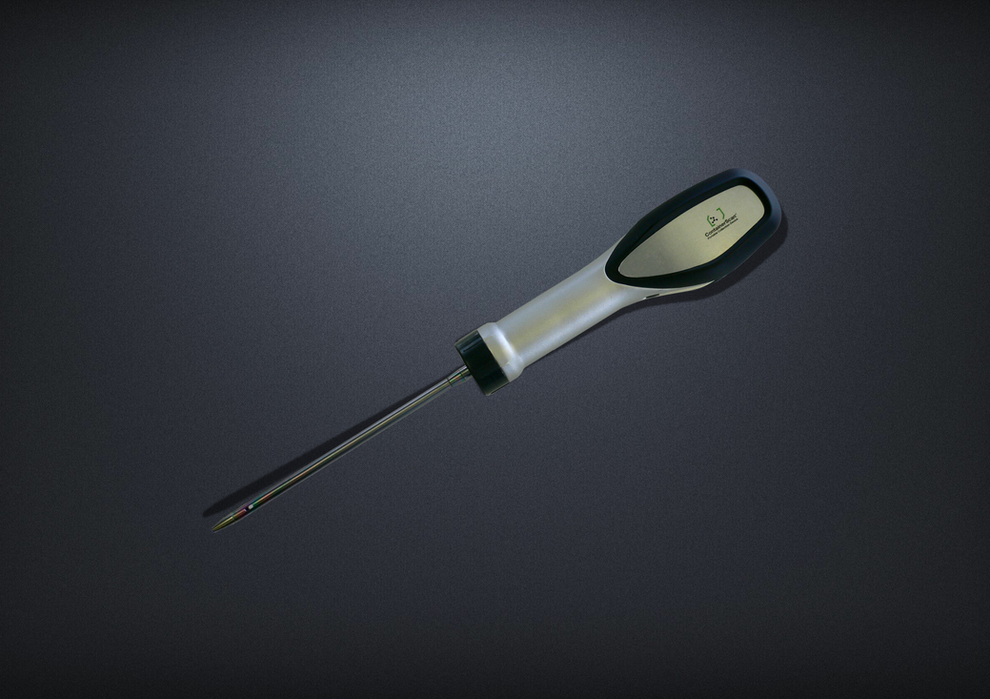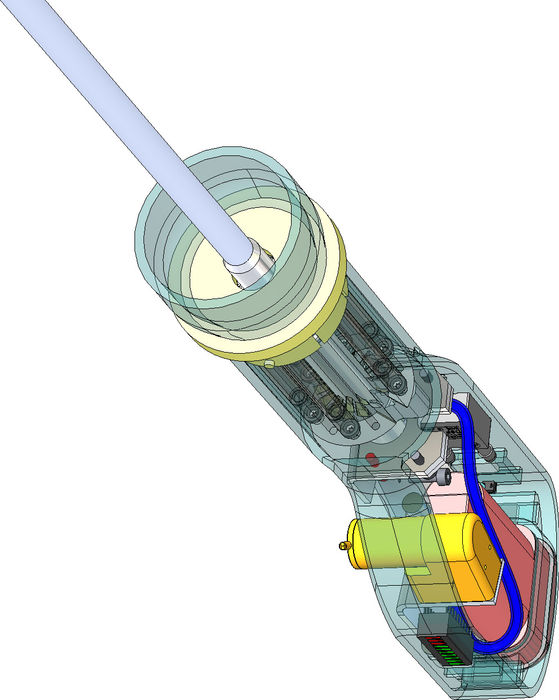
The ContainerScan probe system was created by AgResearch and inFact to allow early detection of biological threats coming into New Zealand via shipping containers. As New Zealand is an isolated ecosystem, early threat detection is pivotal in maintaining our balance of flora and fauna.
Award-winning product in the 2009 DINZ - BeST Awards Concept/Experimental Bronze and winner of the red dot design award.
Bio-probe sniffs out contamination in sealed containers
ContainerScan Probe
by AgResearch
The success of our design has been recognised in multiple design awards. Award winning product in the 2009 DINZ - BeST Awards Concept/Experimental Bronze and winner of the reddot design award.
Nigel Sharplin // Managing Director // inFact Ltd
The Project
The project team works side-by-side with the client to ensure product functionality, marketability and usability are resolved through proof of concept prototypes. These are tested and refined to ensure all aspects of the solution are understood, key risks are identified and project goals are achieved.
THINK
inFact suggested developing a system that allowed air samples to be taken within the existing movements of containers, removing any need to add a step to the MAF clearance process or disrupt existing port operations. Our solution doesn’t require containers to be opened to be inspected, meaning a reduction in paperwork and resources required for sample collection.
The team tested the concept models using ‘Day In The Life’ system trials with port workers in Lyttleton to develop a full understanding of how the technology would be applied in reality and the types of pressures these container clearing crews were under.
The design team undertook detailed concept design work involving the refinement of exterior enclosures, internal mechanisms, power supply systems, sample cartridges, data collection, scanning and communication modules, PCB’s, software, harnesses and test rigs.

LISTEN
AgResearch scientists had invented an air sampling technology that could detect the presence of bio-organism threats from air samples, but they didn’t
have a product or business proposition to wrap around the technology.

OUTCOME
inFact built a full working prototype and put it through a rigorous test in which twenty random spiked containers containing samples of treated timber were sent from around the world to a large destination facility.
ContainerScan had a 100 per cent success rate in intercepting them, and also detected a further contaminated container that was not part of the test.
With the ability to prove the technology works inFact assisted ContainerScan to build relationships with MAF and other government agencies to gain approval for roll out into port operations.









